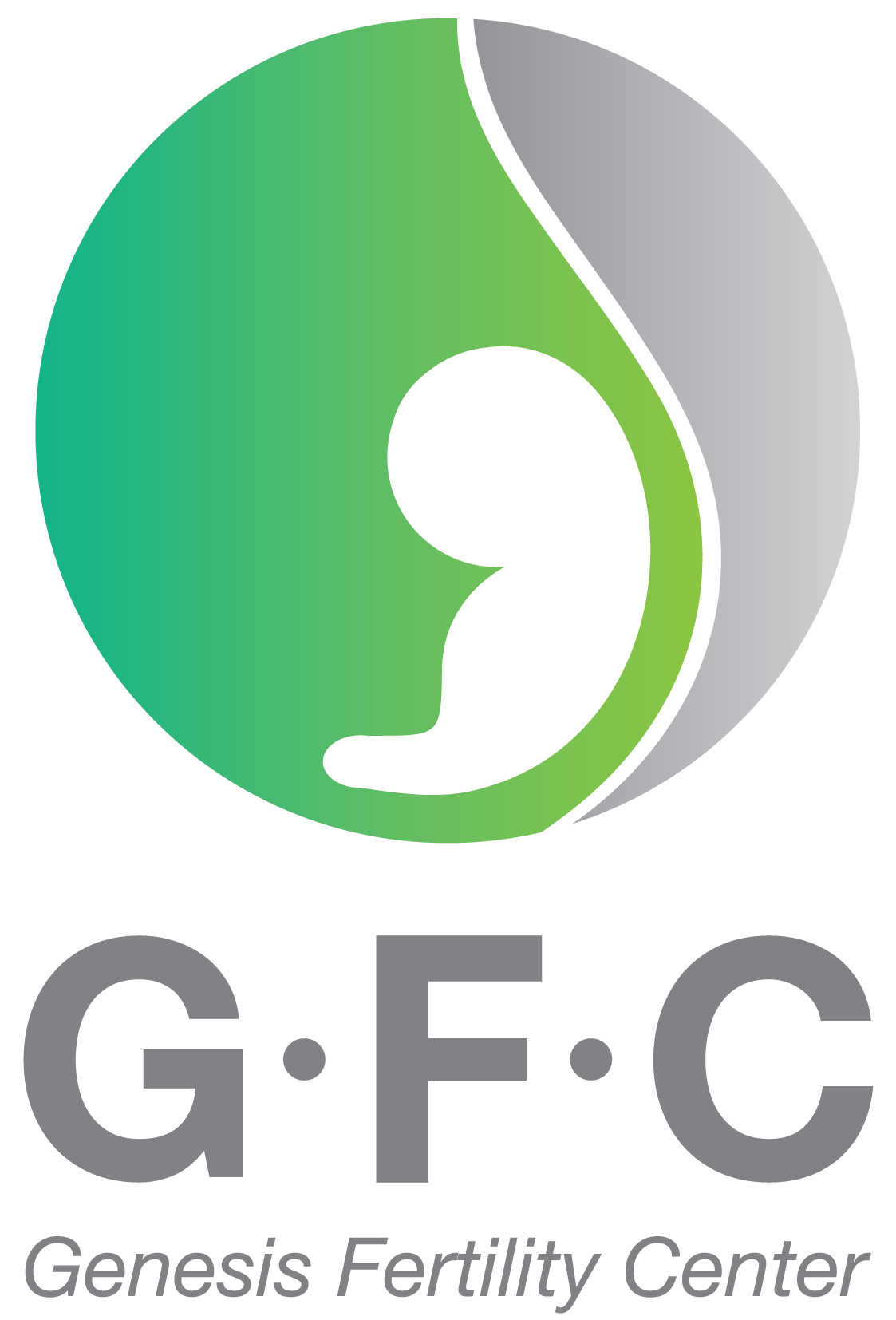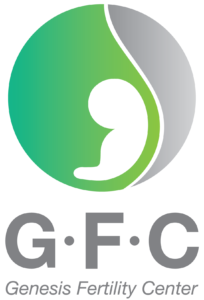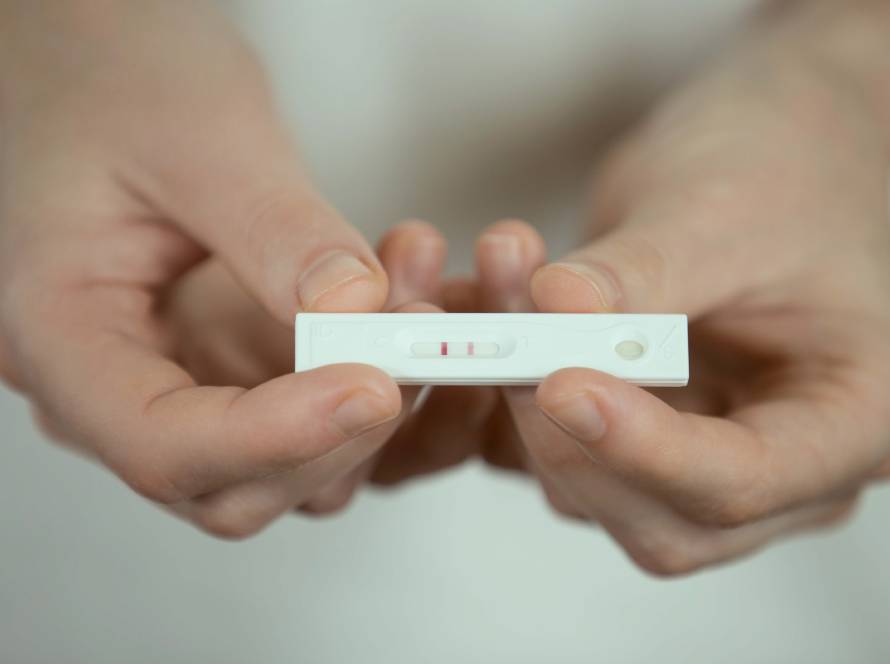No more worries when couples have to make a decision to treat infertility.
In a rapidly changing society, one of the major reasons for the relatively low marriage rate in Thailand is the lifestyle that emphasizes work and places various pressures on individuals. This lifestyle has also contributed to a decrease in fertility rates. Workplace stress and other factors have made natural pregnancy difficult.
However, with the advancement of medical technology today, there are ways to help those struggling with infertility to become pregnant, including in vitro fertilization (IVF) and gamete intrafallopian transfer (GIFT). Choosing the right method to treat infertility is an important decision for couples who wish to have children. Many people wonder about the differences between IVF and GIFT and which method is better.
In medical terms, the two treatments, namely “ IVF” and “GIFT” differ significantly. Both methods have their own advantages and disadvantages that couples need to carefully consider before making a decision to seek treatment for infertility. Ultimately, the goal is to achieve a successful pregnancy.
What is IVF?
In-Vitro Fertilization (IVF) is a medical procedure that involves selecting the female partner’s germ cells, called eggs or oocytes, and combining them with the male partner’s germ cells, called sperm, in a laboratory setting. The fertilization process takes place in a test tube and the resulting embryo is then cultured in a laboratory until it reaches the 4-8 cell stage, or until it reaches the blastocyst stage on day 5. The embryo is then transferred into the female’s uterus to allow for further growth and development. In cases where there are remaining embryos, they can be frozen and stored for future treatment cycles.
What are the advantages of IVF?
The IVF process is much faster than the traditional method of injecting sperm into the uterus. Furthermore, it helps to reduce the risk of genetic abnormalities that may be transmitted to the fetus, such as diseases that can be passed down, muscular dystrophy, thalassemia, and Down syndrome. In addition, the couple can know the gender of the embryo before it is transferred to the uterus, which is beneficial for couples with a higher risk of certain diseases and having a male child, such as color blindness or hemophilia. Furthermore, IVF allows for planned pregnancies at the right time, as embryos can be cryopreserved for up to 10 years and used when desired without the need for invasive surgical procedures.
Limitations of IVF:
– Side effects from the medications used during the process of IVF and embryo transfer, such as headaches, hot flashes, restlessness, feeling unwell, and irritability. Excessive ovarian stimulation may cause the ovaries to swell and create pain.
– Premature birth and low birth weight. Miscarriage rates for women undergoing IVF are around 15–25%, and this rate increases with maternal age.
– Complications from the egg retrieval process. The use of sedation, anesthesia, or needles to retrieve eggs can cause pain, bleeding, infection, and the risk of an ectopic pregnancy. Fertilized eggs may implant in the fallopian tubes rather than the uterus, causing the fetus to grow outside of the womb and not survive.
– Birth defects. There is a slight increase in the risk of birth defects for babies born through IVF, particularly for older mothers, although research has not conclusively proven this link.
IVF is therefore a popular treatment for infertility compared to GIFT, which is almost no longer seen today.
What is GIFT?
Gamete Intrafallopian Transfer (GIFT) is a treatment for couples who have difficulty conceiving. In this process, unfertilized eggs and sperm are collected and then placed in the fallopian tube, where fertilization occurs naturally. The procedure involves performing three surgical incisions in the abdomen to access the fallopian tubes and placing the eggs and sperm into the fallopian tubes. Once fertilization occurs, the resulting embryo implants in the uterus, leading to a successful pregnancy.
What is the difference between IVF and GIFT?
Currently, innovations and reproductive technologies have reduced to only IVF. The initial steps for both treatments are similar. The doctor regularly administers hormone injections for 10–12 days to stimulate ovulation in the woman, depending on the ovarian reaction. Once the eggs have matured, the doctor retrieves them through a minimally invasive procedure and simultaneously collects sperm from the male partner.
The process of IVF is a treatment method that involves mixing eggs and sperm together and allowing fertilization to occur outside of the body before transferring the resulting embryos into the uterus. When compared, the success rates of IVF are typically higher than those of GIFT, with cumulative pregnancy rates ranging from 40–50% per treatment cycle for IVF, while the success rates of GIFT depend on factors such as age and overall health. On average, women aged 25–39 have a 25–30% chance of becoming pregnant with GIFT, but the success rates decrease significantly to 31.0% for women aged 44–45.
A complete family is important to every couple. If you are considering receiving treatment for infertility, Genesis Fertility Center (GFC) is a comprehensive medical center for the treatment of infertility. We use technology and innovation to help couples who are struggling with infertility.
We offer consultations and advice on in vitro fertilization (IVF) with expertise and care from our team of medical professionals.
Call Center 097-484-5335
Monday–Friday: 9.00–20.00 Saturday–Sunday: 8.00–20.00.



